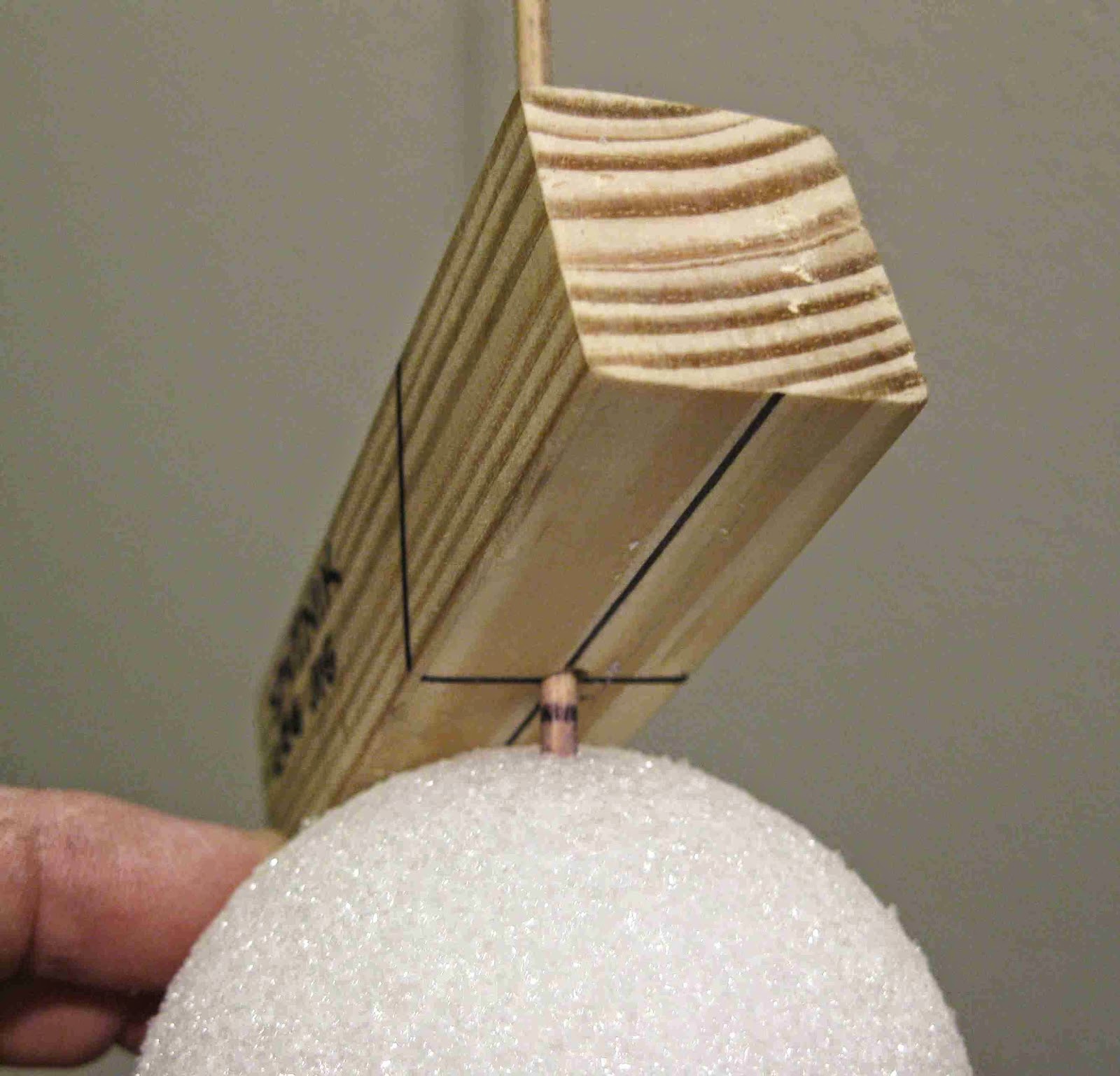This is a re-post from my www.modelrocketbuilding.blogspot.com website -
Before I had this site most all Odd'l Rockets news was on that first blog.

Sure, most modelers have an original design or a clone kit they'd like to bag up and sell.
Putting your first model on sale is exciting - bagging up the first dozen kits is fun.
Then, reality sets in!
Bagging kits using custom parts can be a chore.
I wanted to show what goes into the preparation of a few parts in the Odd'l Rocket Sputnik kit.
Once, I overheard a customer say:: "How can you charge this much for a Styrofoam ball and four dowels?"
So, you think it's easy?
Many of the Odd'l Rockets kits parts are just that - odd. Some parts require hands on drilling cutting and fitting.
On the right is a well worn Sputnik, ready for flight with an A10-3t engine installed.
Take a good look at the engine mount tube, 3" long thru-the-body- launch lug and dowel legs. All the Styrofoam balls are pre-drilled so the engine mount tube, lug and dowels can be easily slid in place.
The Styrofoam ball must get a drilled hole, 1/2" diameter and 1 1/2" in for the BT-5 engine mount tube.
The end of a 1/2" diameter brass tube was sharpened.
Down the tube, a wrap of tape is set at 1 1/2" from the top. This is my simple depth gauge where I stop the "drill".
After looking over the Styrofoam balls, one out of five is thrown away. Many have dents and creases in them and can't be used.
The brass tube is pressed in about 1/4". It is spun like a ball on a stick to make sure it is visually centered in the ball.
If the tube is straight, the drill continues up to the masking tape wrap.
The the tube is sharply turned the opposite direction to break off the foam cored piece at the top of the tube.
The tube is slid out the back, hopefully with the drilled core inside of it. With a 3/8" dowel, the foam "worm" is pushed out of the brass tube so the next ball can be drilled.
If the drilling wasn't straight or clean, the ball is thrown away!
Repeat this process in 30 more balls to complete this part of the kit run.















